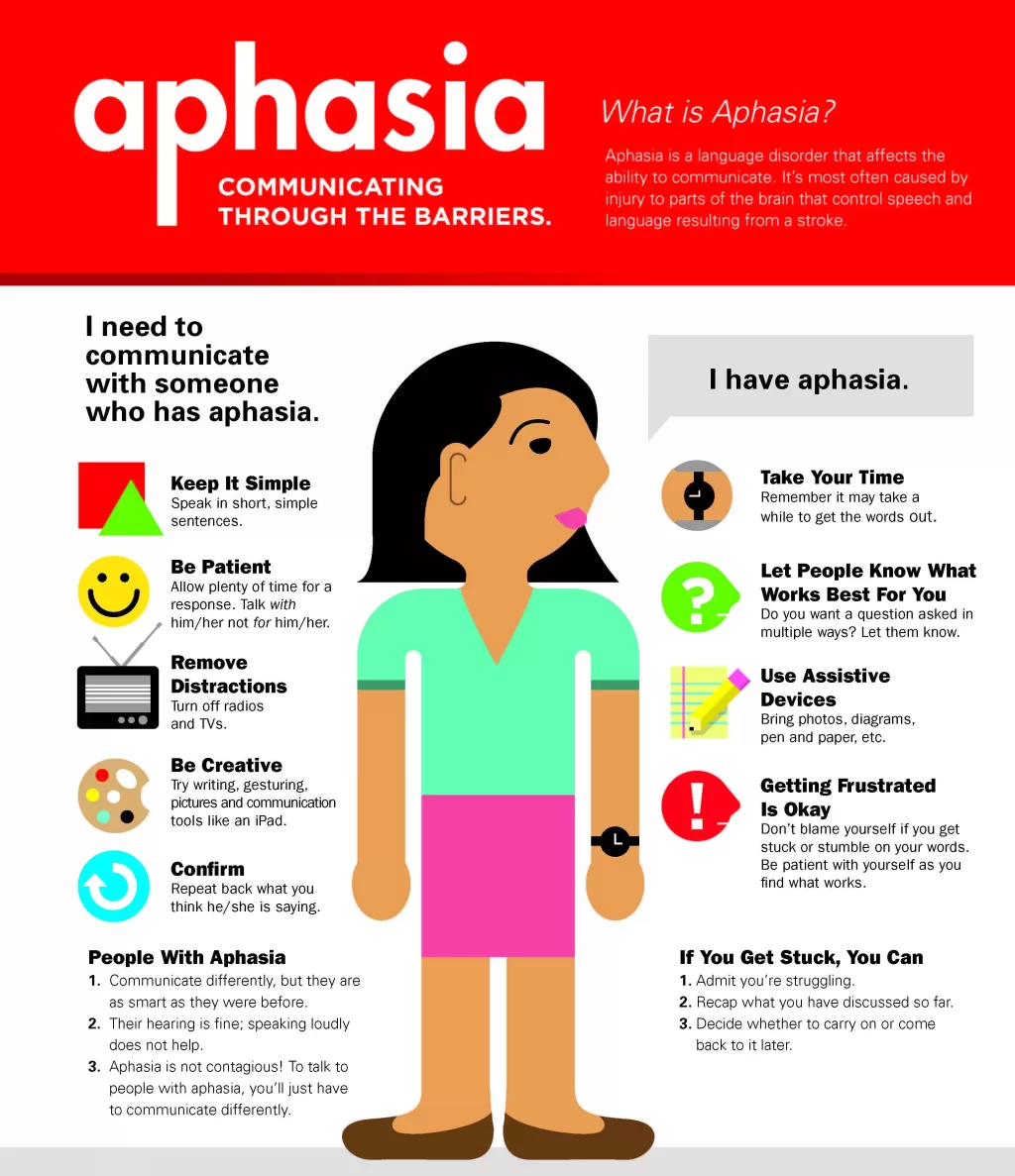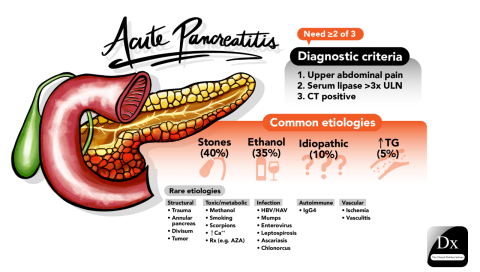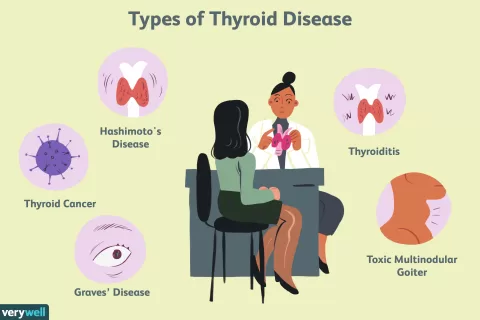Aphasia is a complex language disorder that profoundly affects an individual’s ability to communicate, arising primarily from brain damage due to strokes or neurological conditions. This condition can manifest in various forms, including Broca’s and Wernicke’s aphasia, each with unique symptoms that can hinder speech, comprehension, reading, and writing skills. As we explore the types of aphasia and their symptoms, we will also touch on related topics such as aphasia and dementia, which often intertwine, complicating the communication challenges faced by individuals. Moreover, understanding primary progressive aphasia is critical as it signifies a gradual decline in linguistic abilities, often linked to neurodegenerative diseases. By delving deeper into aphasia—often confused with dysphasia—we aim to shed light on this condition’s impact on daily life and the emotional toll it can take on both patients and their families.
Aphasia, often referred to as a language impairment, encompasses various degrees of difficulty in communication, making it a significant concern for many individuals. This condition can range from mild to severe, with some individuals experiencing only slight challenges in expressing themselves, while others may face profound issues with understanding or producing speech altogether. It’s essential to recognize that aphasia is distinct from dysphasia, which generally indicates a milder level of language impairment. Additionally, the relationship between aphasia and conditions like dementia highlights the intricate challenges faced by those affected, particularly as cognitive decline exacerbates language difficulties. By understanding these nuances, we can better support those living with language disorders and enhance their quality of life.
Types of Aphasia: A Comprehensive Overview
Aphasia is categorized into several distinct types, each characterized by specific language impairments and challenges. The most recognized forms include Broca’s aphasia, Wernicke’s aphasia, global aphasia, and primary progressive aphasia. Broca’s aphasia, often referred to as non-fluent aphasia, is marked by difficulties in speech production; individuals struggle to form complete sentences and often speak in short bursts. In contrast, Wernicke’s aphasia, or fluent aphasia, allows for the production of grammatically correct sentences, but the content may lack coherence or meaning. Understanding these types is vital for tailoring appropriate interventions and support.
Global aphasia represents the most severe impairment, affecting both expressive and receptive language skills, which can result in significant difficulty in both speaking and understanding language. On the other hand, primary progressive aphasia (PPA) is a gradual decline in language ability associated with neurodegenerative conditions like frontotemporal dementia. Each type of aphasia presents unique challenges, and recognizing these can help caregivers and medical professionals devise strategies to improve communication and quality of life for affected individuals.
Recognizing Symptoms of Aphasia
Identifying the symptoms of aphasia is crucial for early diagnosis and intervention. Common symptoms include anomia, which is the difficulty in finding the right words, and issues with understanding spoken language. Individuals may also exhibit problems reading or writing, which can significantly hinder their ability to communicate effectively. For instance, someone with aphasia might confuse words or omit essential parts of a sentence, leading to misunderstandings in conversation.
Moreover, aphasia can lead to emotional challenges, such as frustration and social withdrawal, as individuals struggle to express themselves and connect with others. These symptoms can vary greatly depending on the type of aphasia and the severity of the brain injury or disease causing the condition. Recognizing these symptoms early on can facilitate timely medical intervention and support, ultimately improving the individual’s ability to communicate and engage with their environment.
The Connection Between Aphasia and Dementia
Aphasia and dementia often intersect, particularly in cases of frontotemporal dementia and Alzheimer’s disease. As dementia progresses, individuals may experience a decline in cognitive abilities, which can compound the language difficulties associated with aphasia. This relationship underscores the importance of understanding how cognitive decline impacts communication skills, as caregivers must navigate the complexities of both conditions.
For families and caregivers, managing communication with individuals who have both aphasia and dementia can be particularly challenging. It is essential to employ strategies that enhance understanding, such as using simple sentences, maintaining eye contact, and providing visual aids. By fostering an environment that supports communication, caregivers can help maintain the dignity and quality of life for those affected by these intertwined conditions.
Aphasia vs. Dysphasia: Key Differences
While aphasia and dysphasia are often used interchangeably, they represent different severities of language impairment. Aphasia encompasses a more extensive range of language disorders, often resulting from significant brain damage, whereas dysphasia refers to a milder form of language impairment. Individuals with dysphasia may retain some ability to communicate and understand language, whereas those with aphasia may face profound challenges in both areas.
Understanding the nuances between aphasia and dysphasia is crucial for healthcare providers in determining appropriate treatment plans. This distinction helps in identifying the specific needs of individuals, guiding therapy approaches, and setting realistic communication goals. By recognizing the differences, professionals can tailor their methods to provide targeted support, which is essential for effective rehabilitation.
Recent Research Developments in Aphasia Treatment
Ongoing research into aphasia, particularly primary progressive aphasia (PPA), has led to significant advancements in understanding the condition and its management. Emerging studies focus on the emotional and practical challenges faced by caregivers, highlighting the need for comprehensive support systems. For instance, articles from reputable sources discuss the impact of PPA on family dynamics and the importance of education for caregivers in navigating this complex disorder.
Additionally, innovative research involving artificial intelligence (AI) is paving the way for new diagnostic tools that may enhance the understanding of aphasia. These developments could revolutionize how clinicians approach treatment and support for individuals with aphasia, leading to more personalized care strategies. As research continues to evolve, staying informed about these advancements is vital for both healthcare professionals and families affected by aphasia.
Frequently Asked Questions
What are the common symptoms of aphasia?
Common symptoms of aphasia include difficulty finding the right words (anomia), trouble understanding spoken language, problems with reading and writing, and speaking in short or incomplete sentences. These symptoms can vary significantly among individuals, impacting their ability to communicate effectively.
How does primary progressive aphasia differ from other types of aphasia?
Primary progressive aphasia (PPA) is a unique type of aphasia characterized by a gradual decline in language abilities due to neurodegenerative conditions like frontotemporal dementia. Unlike other types of aphasia that typically result from strokes or brain injuries, PPA leads to a progressive deterioration in communication skills over time.
What is the relationship between aphasia and dementia?
Aphasia often presents as a symptom of certain types of dementia, particularly Alzheimer’s disease and frontotemporal dementia. In these cases, the cognitive decline associated with dementia exacerbates language and communicative skills, making it crucial for caregivers to understand how to support affected individuals.
How can aphasia be distinguished from dysphasia?
Aphasia and dysphasia are related but distinct conditions. Dysphasia generally refers to a milder form of language impairment, where individuals may have some ability to communicate. In contrast, aphasia encompasses a broader range of severe language processing disorders, resulting in significant challenges in speaking, understanding, reading, and writing.
What are the different types of aphasia and their characteristics?
The main types of aphasia include Broca’s aphasia, characterized by non-fluent speech; Wernicke’s aphasia, involving fluent but nonsensical speech; global aphasia, which severely impairs both speech and understanding; and primary progressive aphasia (PPA), marked by a gradual decline in language abilities due to neurodegeneration. Each type presents unique challenges in communication.
| Key Points | Details |
|---|---|
| Definition of Aphasia | A language disorder resulting from brain damage affecting communication abilities. |
| Causes | Primarily caused by strokes, brain injuries, or degenerative diseases. |
| Types of Aphasia | 1. Broca’s Aphasia – non-fluent speech. 2. Wernicke’s Aphasia – fluent but nonsensical speech. 3. Global Aphasia – severe impairments in both production and comprehension. 4. Primary Progressive Aphasia – gradual language decline due to neurodegeneration. |
| Common Symptoms | Anomia, difficulty understanding spoken language, issues with reading/writing, and speaking in short sentences. |
| Aphasia vs Dysphasia | Aphasia is a severe language impairment; dysphasia is a milder form allowing for some communication ability. |
| Relationship with Dementia | Aphasia can be a symptom of dementia, impacting language skills further as cognitive decline progresses. |
| Classification | Classified under ICD-10 for better diagnosis and treatment planning. |
| Distinction from Dysarthria | Dysarthria involves muscle control issues; aphasia pertains to language processing. |
| Recent Research Insights | New studies are focusing on PPA and AI technologies for better diagnosis and understanding of aphasia. |
Summary
Aphasia is a complex condition that affects an individual’s ability to communicate effectively. It emerges as a result of brain damage, typically due to strokes or neurological disorders, leading to challenges in speaking, understanding, reading, and writing. By exploring the various types, symptoms, and ongoing research surrounding aphasia, we can foster a better understanding and support for those affected and their caregivers. Continued advancements in medical research hold promise for improving the lives of individuals living with this disorder.
The content provided on this blog (e.g., symptom descriptions, health tips, or general advice) is for informational purposes only and is not a substitute for professional medical advice, diagnosis, or treatment. Always seek the guidance of your physician or other qualified healthcare provider with any questions you may have regarding a medical condition. Never disregard professional medical advice or delay seeking it because of something you have read on this website. If you believe you may have a medical emergency, call your doctor or emergency services immediately. Reliance on any information provided by this blog is solely at your own risk.








